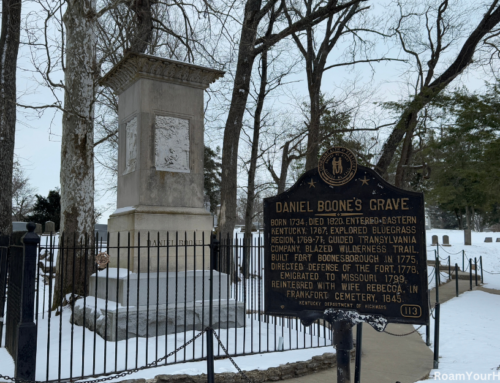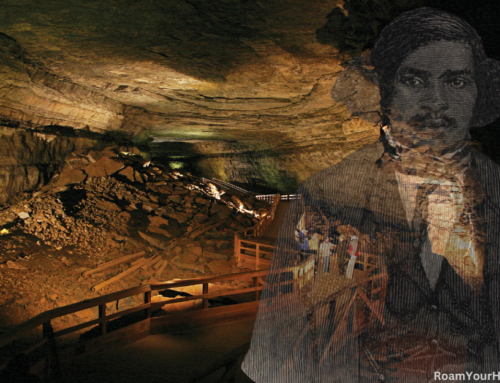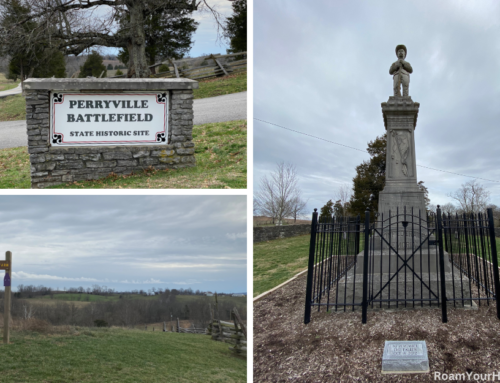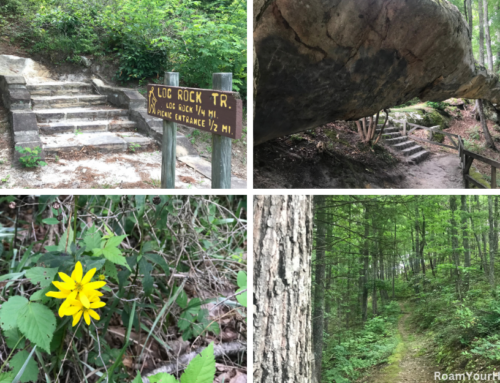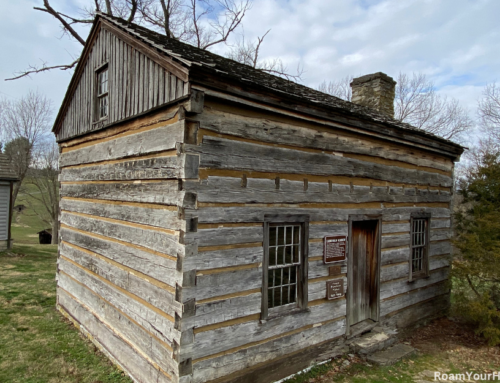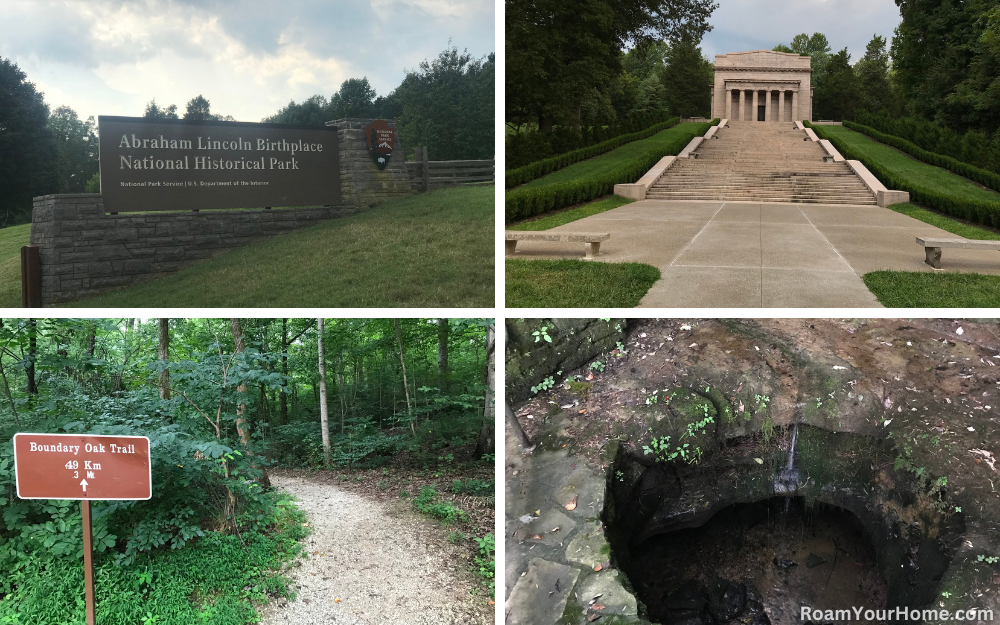
Abraham Lincoln’s Birthplace: A Visitor’s Guide
Abraham Lincoln’s Birthplace National Historical Park in the rolling hills of central Kentucky offers a glimpse into the early life of one of America’s most revered presidents.
Abraham Lincoln was born just south of modern-day Hodgenville, Kentucky on February 12, 1809. The historic site preserves Lincoln’s Kentucky legacy and is a destination for history enthusiasts and casual travelers alike. The park is broken into two separate units, the birthplace unit and the Boyhood Home at Knob Creek. Both locations tell a different part of Lincoln’s early story, giving a deeper understanding of his humble beginnings.
We pulled into the half-full parking lot of the birthplace unit about an hour after opening on a gloomy and overcast midsummer morning. I was surprised by how busy it was, especially given it was the middle of the week.
We first went to the Visitor Center for NPS passport stamps. There were a few great exhibits as well. We saw the Lincoln Family Bible and the original gravestone of Lincoln’s younger brother Thomas Lincoln Jr., who died in 1812 after only living a few days. After chatting with a park ranger we headed out to explore.
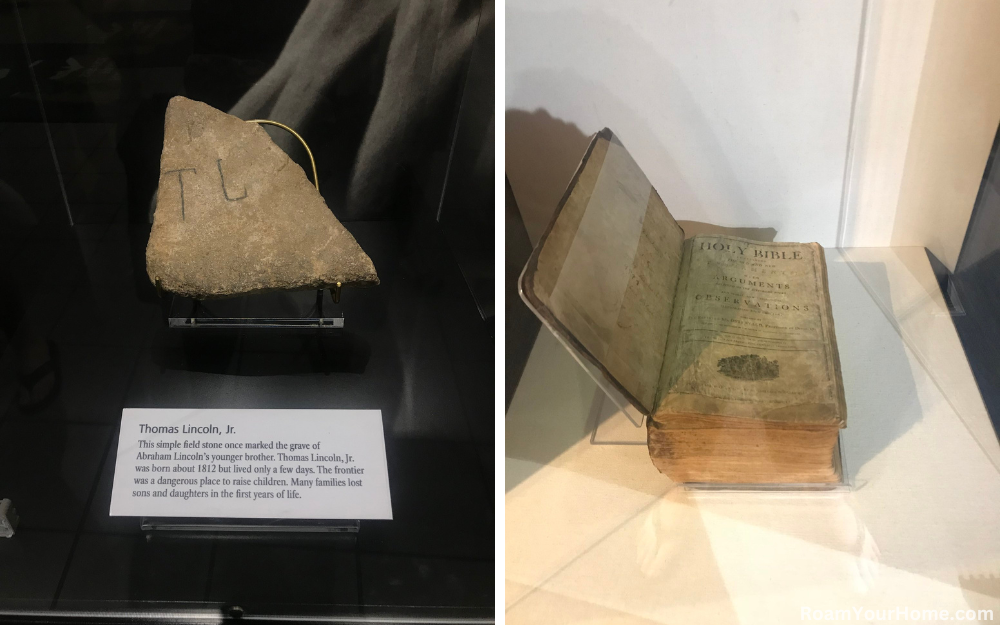
A Journey to Lincoln’s Roots
The birthplace unit is located on Sinking Spring Farm, where Lincoln’s parents, Thomas and Nancy Lincoln, settled in 1808. The site includes the Memorial Building, Sinking Springs, and the Boundary Oak.
Abraham Lincoln’s Birthplace: The Memorial Building and Symbolic Birth Cabin
Our first stop was the Memorial Building. This was actually the first memorial dedicated to Lincoln. It was built 11 years before the Lincoln Memorial in Washington D.C., dedicated in 1911 by President William Howard Taft.
Inside the Memorial Building is the Symbolic Birth Cabin, which looks like the one-room structure where Lincoln was born.
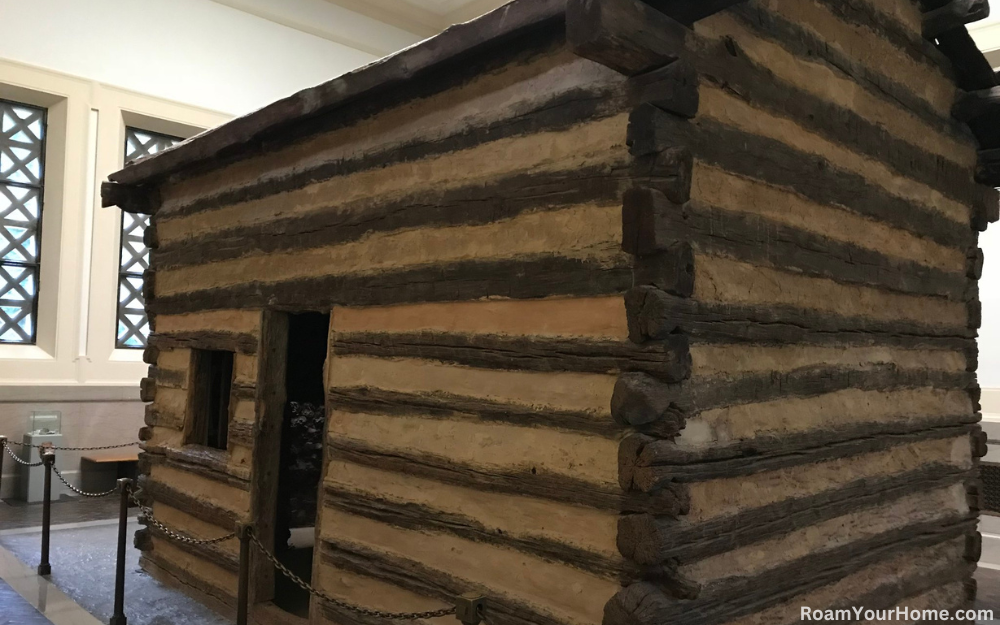
Sinking Spring
After checking out the cabin we headed towards Sinking Spring, which is located near the memorial and below the hill where Lincoln was born. The Lincolns used the spring for their daily water and their family farm was named after the spring, which gets its name because it drops into the ground and disappears.
The spring was flowing when we visited. Interpretive signs showed what it likely looked like when Lincoln lived there. Today it is railed off, but you still get a great sense of what it was like to depend on the little spring for drinking water.
Boundary Oak Trail
Near the spring is the trailhead for the Boundary Oak Trail, which we decided to hike. The trail is less than a half mile and a great leg stretcher. In December 1808, when Thomas Lincoln purchased the Sinking Spring Farm, a large white oak tree served as a boundary marker for the western edge of the 300-acre farm.
The tree is no longer there, it unfortunately died in 1976 and was removed a decade later.
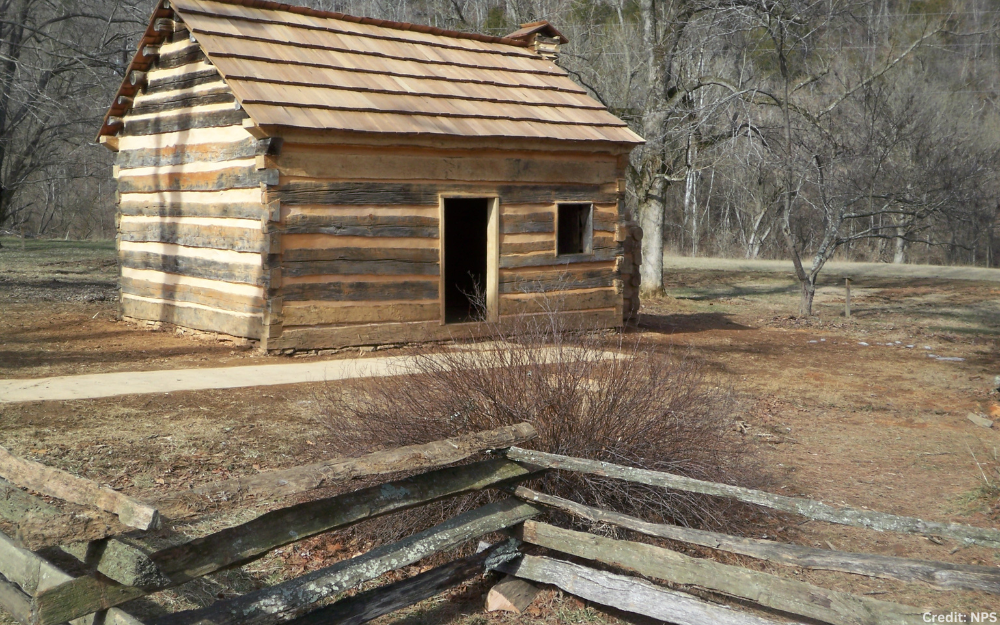
Abraham Lincoln’s Birthplace: The Boyhood Home at Knob Creek
Next we headed to the Boyhood Home Unit at Knob Creek which is a short drive about 10 miles northeast of the Abraham Lincoln Birthplace Unit.
The Lincoln family lived at the Knob Creek Farm from the time Abraham was two and a half until he was almost eight years old. They left Kentucky in December 1816 moving to Spencer County, Indiana. Which is now where the Lincoln Boyhood National Memorial is located.
The main thing to see at the Boyhood Home unit is a restored period cabin that looks much like the one Lincoln would have spent his early childhood in.
“My earliest recollection is of the Knob Creek place.” Wrote Abraham Lincoln in June of 1860 in a letter. Lincoln would later recall other memories of this place, including planting crops and seeing enslaved people being taken south along the nearby road—an experience that shaped his views on slavery.
The 3-mile round trip Overlook Trail also starts at the parking lot.
Visiting Abraham Lincoln’s Birthplace National Historical Park is more than just a trip to a historical landmark. It’s an opportunity to connect with the story of a self-made leader who rose from humble beginnings to shape the nation. It’s following in the footsteps of the Great Emancipator.
Planning Your Visit
- Location: Near Hodgenville, Kentucky
- Hours: Open daily (except major holidays)
- Admission: Free
- Best Time to Visit: Spring and fall normally offer the best weather and beautiful scenery. We are partial to fall when the leaves are turning color.
Other Abraham Lincoln Sites To Visit
Lincoln Trail Homestead State Park, his first home in Illinois.
Lincoln’s Tomb State Historic Site is the final resting place of Abraham Lincoln, the 16th president of the United States; his wife Mary Todd Lincoln; and three of their four children.
Soldiers and Sailors Monument in Pennsylvania.
See the Gun that Killed President Abraham Lincoln at Ford’s Theatre.

